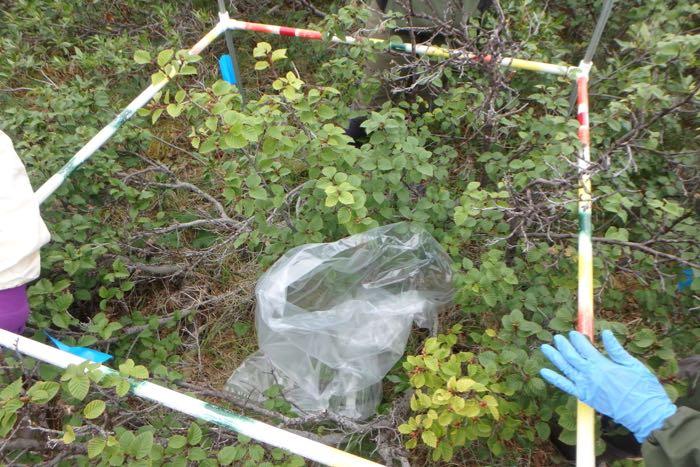
Today was my first day of harvest at our research site, known as Sag 1. This site is next to the Sagwon River and a two hour drive south of the Toolik Field Station. The site was not located next to the road, so we had to hike out to the location with all of our equipment. We set up quadrants that were one meter by one meter and then harvested all the biomass within the quadrant. Dr. Bret-Harte's research at this site is examining the effect of the alder shrub on the carbon and nitrogen in the ecosystem.
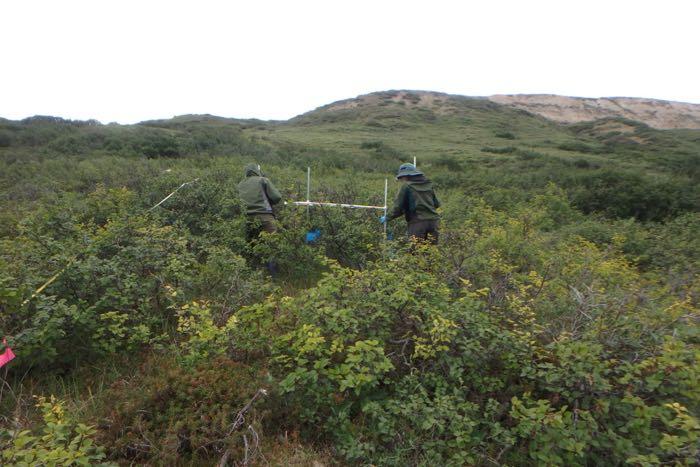
The hike from the truck to the site is strenuous, but I've learned to look for the alpine blueberry so I can stop and snack. I'm also learning to identify other berries, including the crowberry, which I was surprised to learn could be up to 140 years old!
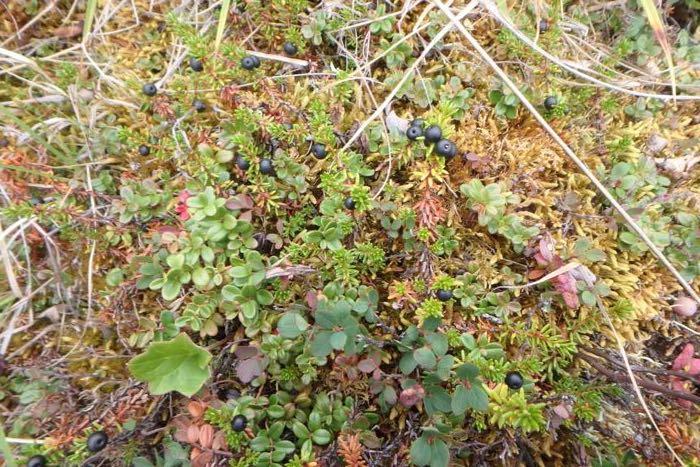
Once we arrived at the site, Dr. Bret-Harte and undergraduate student, Emily Reast, set about establishing a twenty meter by twenty-meter plot. Each plot contained alder shrubs which are a nitrogen-fixing plant. Nitrogen is a crucial nutrient for plants and animals, but only some plants can make organic nitrogen that can be absorbed by living organisms. The other types of nitrogen found in the environment cannot be incorporated, and therefore, nitrogen-fixing plants are crucial for ecosystems.
Within each twenty meter by twenty meter plot, we selected three smaller, one meter by one meter quadrants and then harvested all the plants within them. To do this, we needed multiple tools, and it was difficult to carefully cut the roots and stems. We also had to remove three twenty centimeters by twenty-centimeter quadrants of organic matter for additional studies. These were lovingly referred to as tundra cakes.


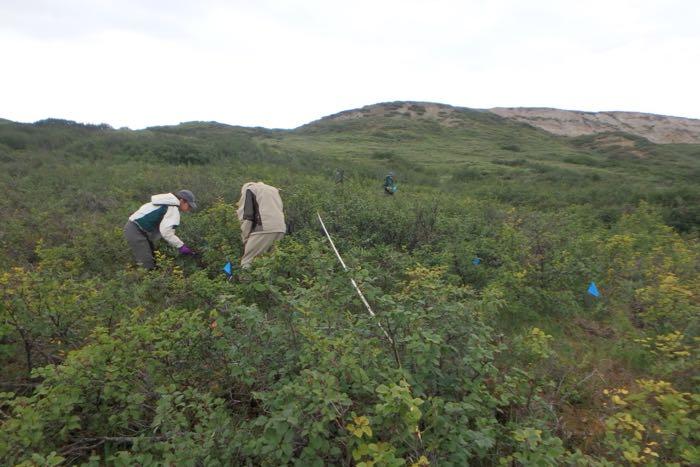

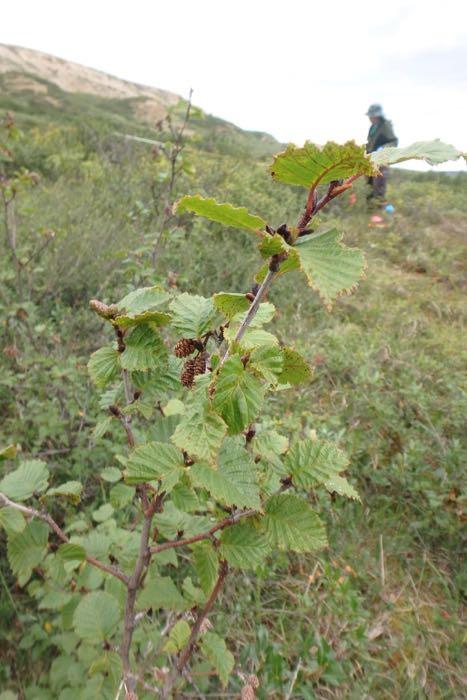

Comments